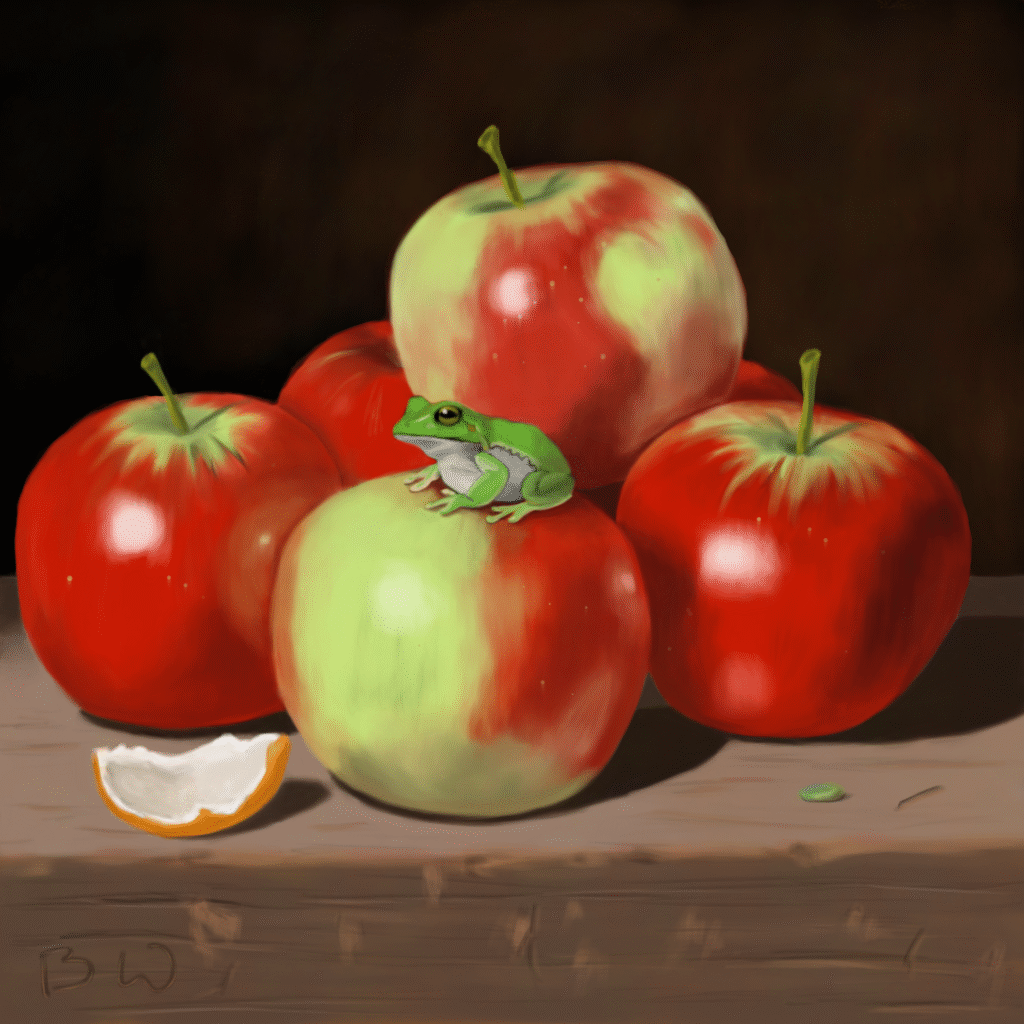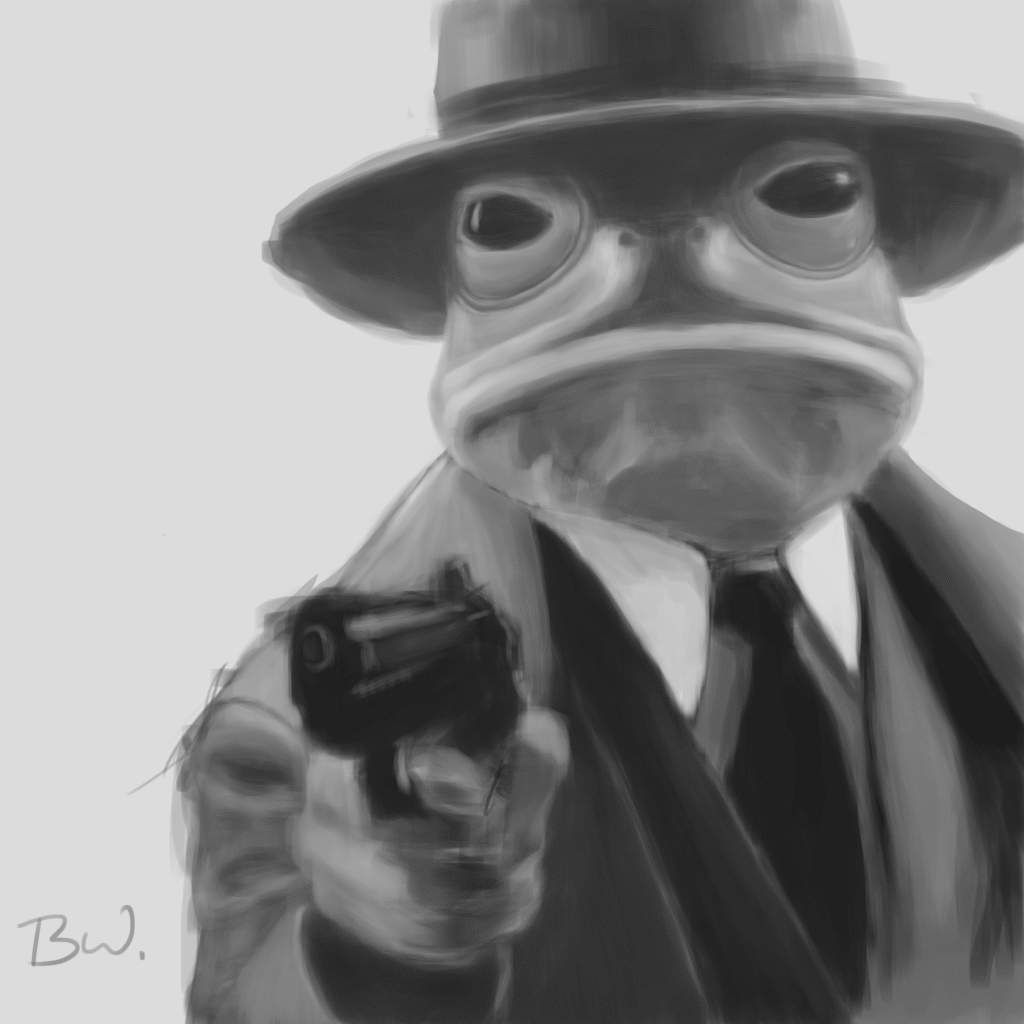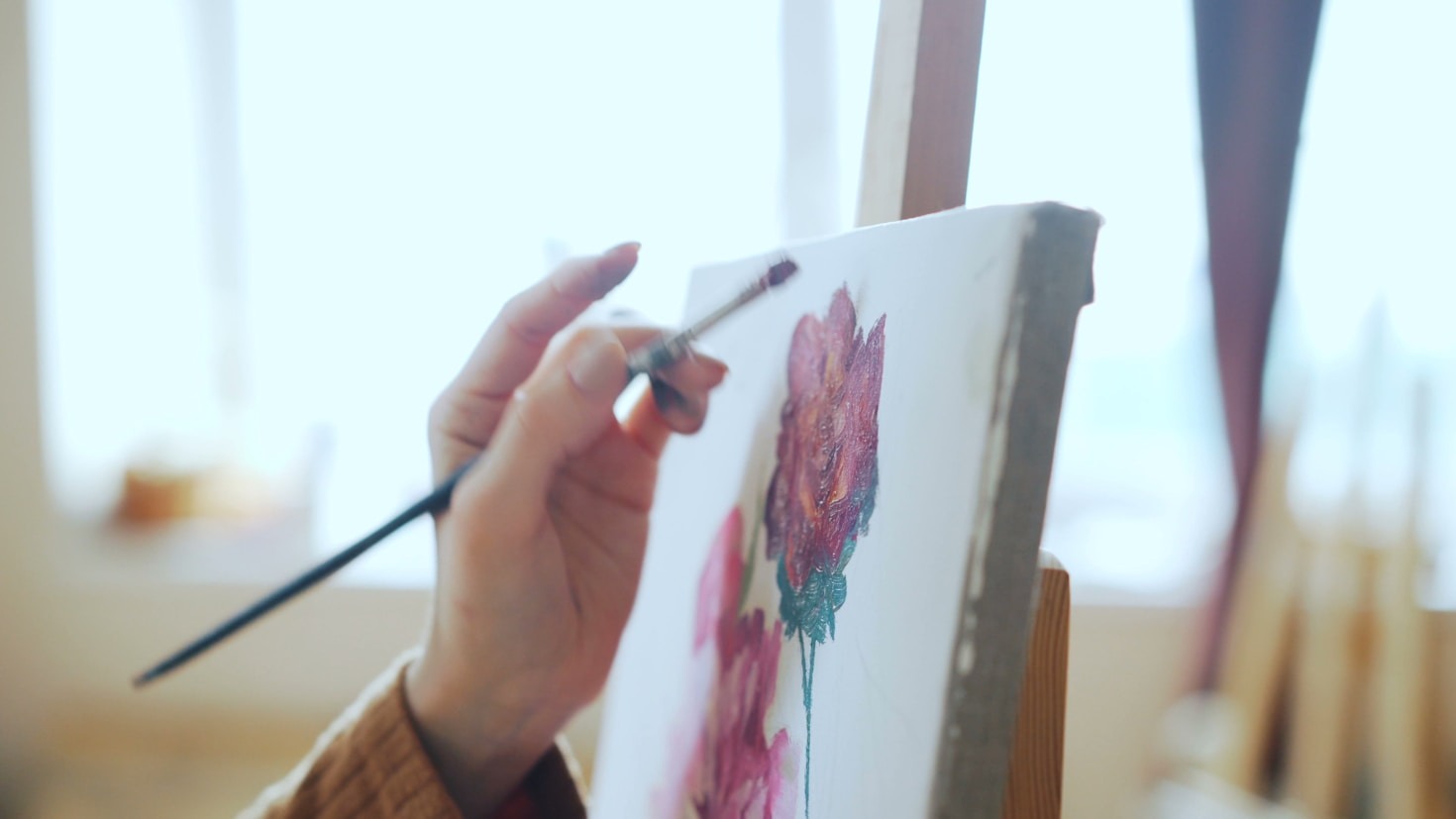A digital artist often faces a unique set of creative challenges, from mastering complex software tools (looking at you, Blender) to translating imaginative concepts into compelling visuals. The constant evolution of technology demands continuous learning and adaptation, pushing artists to refine their skills and experiment with new techniques. Despite these hurdles, the triumphs are deeply rewarding: the joy of bringing a digital masterpiece to life, the ability to reach a global audience instantly, and the satisfaction of transforming abstract ideas into vibrant, tangible art. Each completed project not only showcases technical prowess but also reflects the artist’s resilience and innovative spirit in navigating the digital landscape.
The triumphs are deeply rewarding: the joy of bringing a digital masterpiece to life, the ability to reach a global audience instantly.
It’s important to highlight how tools like Clip Studio Paint and Blender enhance my creative process. Clip Studio Paint offers a versatile platform for digital illustration and comic creation, providing artists with intuitive brush controls and advanced layering options that bring ideas to life with precision and flair. Meanwhile, Blender serves as a powerful 3D modeling and animation suite, allowing creators to develop intricate designs and animations that add depth and dimension to their projects. By combining these tools, artists can seamlessly integrate detailed 2D artwork with dynamic 3D elements, resulting in rich, immersive visuals that captivate audiences. This synergy not only streamlines workflows but also expands creative possibilities, empowering myself and other artists to push the boundaries of our craft.


This interplay between the broad challenges of digital creation and the specific capabilities of my chosen tools forms the core of my artistic process. The resilience and innovation mentioned earlier are not abstract qualities; they are forged in the daily practice of using programs like Clip Studio Paint and Blender to solve real-world creative problems. A complex idea feels less daunting when I know I can sketch it out with the fluid pencil tools in Clip Studio Paint, just as the challenge of creating a realistic environment is met by the powerful modeling and rendering engines in Blender, both 3D and 2D. These tools become extensions of my creative will, transforming the hurdles of the digital landscape into a navigable and exciting terrain.
Wrapping Up with Key Insights
Ultimately, this blog will be a space to explore that journey in more detail. Here at The Art of Braxton Wise, I plan to share not only finished pieces but also the stories and sketches behind them—the techniques discovered, the challenges overcome, and the synergy between 2D and 3D art forms. Whether you’re a fellow artist navigating your own creative path or simply an enthusiast of digital art, I invite you to join the conversation. Welcome, and I look forward to sharing my passion and process with you.


Leave a Reply